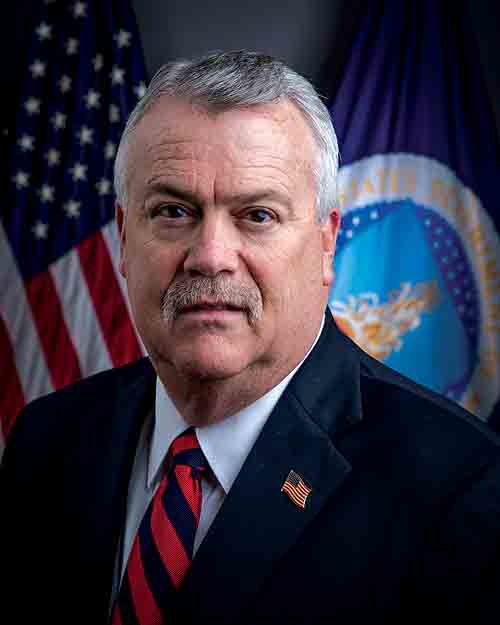In 2016, the state of Utah lost 635 people to what is now known as the opioid epidemic.
Each person who died was someone’s mother or father, son or daughter, brother or sister. Many of these loved ones were also part of rural America.
Last year, more than 64,000 Americans died from a drug overdose. At almost 174 people each day, this is more than the number of Americans who died in a car accident or a gun-related homicide.
Today, in the midst of this nationwide epidemic, small towns and rural places from Oregon to Maine have been particularly impacted by opioid misuse.
Opioids are highly effective painkillers with legitimate medical uses. However, with their efficacy, opioids are also highly addictive and have become a frequent gateway to substance abuse, with users often transitioning from prescription medications to illicit and deadly drugs such as heroin.
Last fall, the American Farm Bureau Federation and National Farmers Union jointly released a survey which found that nearly 50 percent of rural Americans have been directly impacted by opioid abuse.
With these numbers, the opioid crisis is threatening the quality of life and economic opportunity in many rural communities. This epidemic is impacting worker productivity, increasing health care demands, and putting substantial stress on limited emergency response, law enforcement, and social service resources. Further, this issue is also making economic development even more difficult for small towns that are already operating on slim budgets and struggling to attract new business.
An effective solution to this crisis will take leadership, collaboration, and creativity from a broad range of partners at various levels.
On April 11, USDA hosted a roundtable event at Utah’s State Capitol building to bring together community, state, and federal-level partners to talk about what is working, what isn’t, and how we can identify solutions together.
In rural America, a solution will also mean all hands on deck, from the business sector to churches, 4-H clubs and FFA, and the local school system.
This Saturday, each of us can take a simple but important step forward to protect our family, our friends, and our community by participating in the National Prescription Drug Take Back Day.
From high school sports injuries to a routine dental procedure, many of us have left over prescription drugs. Last fall, the biannual Take Back Day collected more than 900,000 pounds of unused pills. Sitting in medicine cabinets, these pills aren’t simply taking up space. These pills can kill. Research shows that nearly half of all people who are misusing opioids got that pill from friends or family– not from a dealer on the street.
On Saturday, we can protect our family, our friends, and our community by getting rid of those unused prescriptions at a Take Back Day collection site.
Visit takebackday.dea.gov for more information about the dangers of unused prescription drugs and to locate a safe collection site near you. With this small action, each of us can take a step forward in guarding our loved ones and the towns we call home from the tragic path of addiction.
GUEST COLUMN: Take your town back from opioid epidemic

RANDY PARKERUSDA RuralDevelopment State Director
